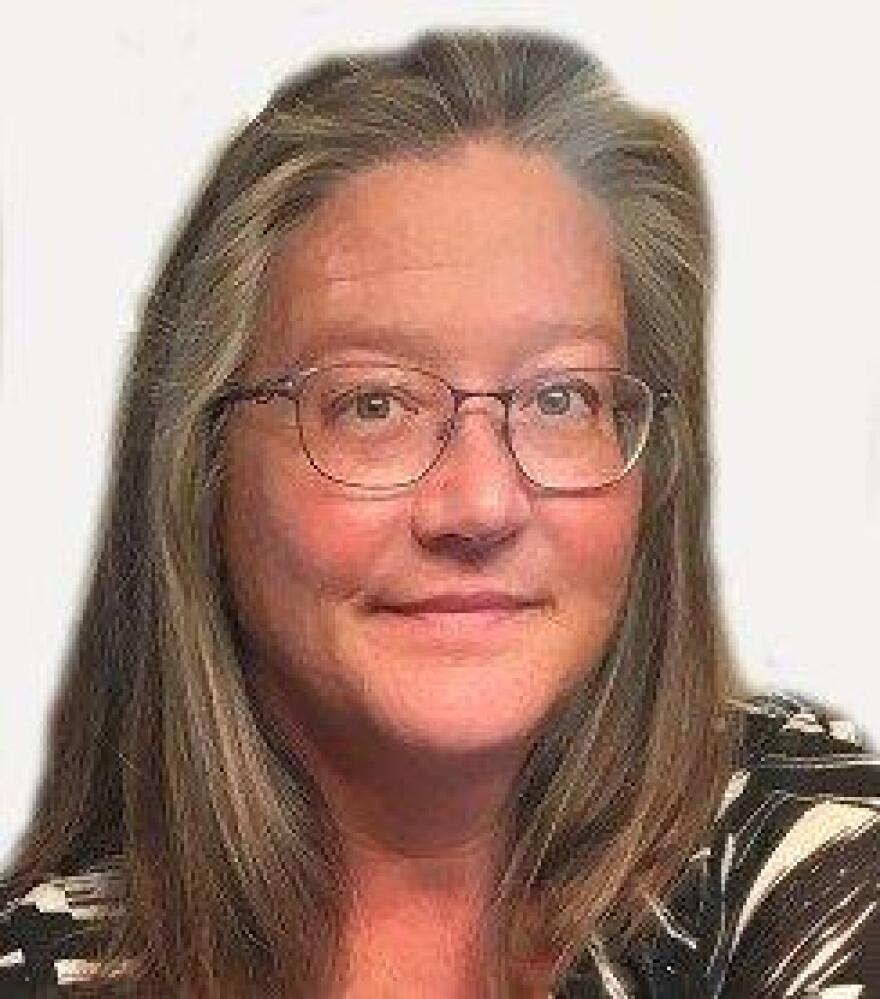Modern medical care involves a lot of record keeping. How it’s organized and shared has grown more complicated.
Paper charts were once the norm for keeping track of patients. But in 2019, health providers keep electronic health records, or EHRs.
“As more practices got the EHRs going," said Lisa Bergeron, "they needed more help learning how to use it, how to pull out the data, how to understand the data, and then start using it in more integrating ways."

Bergeron is director of the Illinois Health Information Technology Regional Extension Center. Bergeron's group is headquartered at Northern Illinois University and helps health systems improve their overall care. She says one way to improve electronic records is more training for doctors and nurses.
"They have to learn and then what’s the order of things, and who pushes the button to get the prescription sent over," she said. "So there’s a lot of workflow things, and that’s an ongoing need.”
But an increasingly specialized group of workers interacts with records on a day-to-day basis. The cornerstone of this is a Registered Health Information Technician. These workers require at least an associate’s degree, and their training covers health, technology, and business. Waubonsee Community College Associate Professor Patricia Saccone said one particular skill covers all three subjects.
“With all of this electronic information or data," she said, "we have to pull information from it. So the big drive right now is really looking at data analytics and data management."

The emphasis on data has driven graduates to pick up other qualifications during their career, such as coding credentials.
Emily Yu is the main medical records custodian for Northwestern Medicine. Yu said, when taking down medical records, the cardinal rule is to document everything.
“Whether that be your prescription order sent over to Walgreens or your yearly checkup with your primary care provider," she said, "all of these very different scenarios are a part of your medical story and need to be documented as part of the legal medical record."

Yu said in Northwestern's system, a patient’s medical visits are sorted by “encounters.”
“For example, a patient presents in a Northwestern facility and moves to an inpatient or observation unit," she said. "This is still considered one encounter since they never left the Northwestern site.”
Internally, records access is on a need-to-know basis.
“The registration people only have access to see appointments, that kind of thing," she said. "So IT sets it up so that it’s very role-based, access-wise."

If the records are confined to a single health care system, patients have relatively easy access. But some patients, in categories such as genetic testing and mental health, require extra authorization even if it’s their own records. Waubonsee Community College professor Patricia Saccone explains.
“We have to remind them of the right that they have for that disclosure that they have," she said, "but that also [they] have the right to privacy and confidentiality."
Northwestern’s records are relatively simple to access because their hospitals use the same software, known as EPIC. Illinois Health Information Technology Regional Extension Center director Bergeron said this is the “Cadillac” of EHR software, but can be out of the price range of smaller providers. Instead, she said, they turn to a variety of different systems.
“You’ll see Allscripts. You’ll see NextGen. You’ll see Cerner," she said. "There’s probably two dozen that would probably get you 80% of all the EHRs used in Illinois."
Bergeron said this can complicate things for patients seeking out the full scope of their records.
“I have six different portals right now, and if I need to pull a record down, I can probably figure it out and find it," she said. "But even then, I’m not getting my records. I’m just getting summary data. At most, I’ll get a list of prescriptions and my next appointment.”
It’s even harder to relay records between health care systems. Bergeron said state government set up an organization in 2009 called Communities of Illinois Health Information Exchange. Among its services was a central point for admission, discharge, and transfer records. But that didn’t last. She said vendors basically put the exchange out of business.
Saccone said these centralized databases also face logistical issues.
“I think the biggest challenge for that is what we call the master-patient index," she said. "Making sure each patient in the system is only in once, so every person has one record and not shadow records, as well call it, or we have multiple people in the same record.”
The Communities of Illinois Health Information Exchange shut down earlier this year, but a consultant later recommended that Illinois follow the organization’s same approach. Bergeron said such a venture would require state support. She hopes Illinois can collaborate with neighboring states to continue to improve how medical records are stored.


